Wine enthusiasts often talk about the “body” of a wine, but what does that mean exactly? The body of a wine refers to its weight and texture, or how it feels in the mouth. Some wines feel light and delicate, while others are full-bodied and rich. Understanding wine body can help you choose wines that pair well with your food and enhance your overall wine-drinking experience.
Factors influencing wine body include the grape variety, climate and soil conditions, winemaking techniques, and aging process. For example, grapes grown in cooler climates tend to produce lighter-bodied wines, while those grown in warmer climates produce fuller-bodied wines. Similarly, wines aged in oak barrels tend to have a richer, creamier texture than those aged in stainless steel tanks.
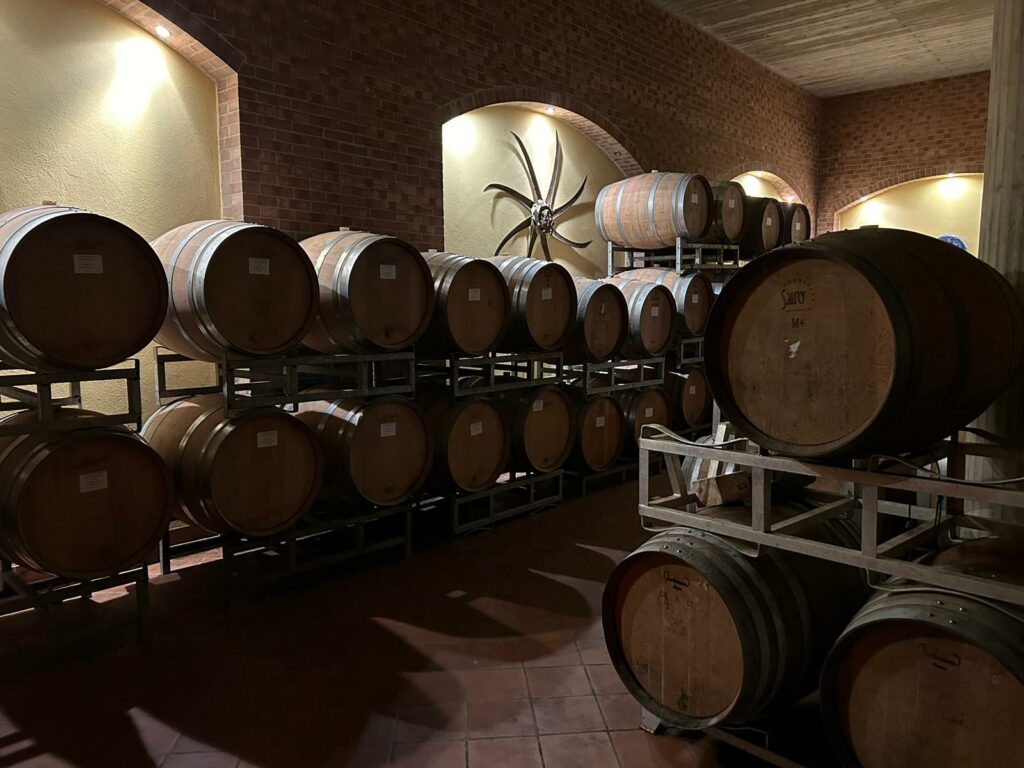
Key Takeaways
- Wine body refers to a wine’s weight and texture in the mouth.
- Factors influencing wine body include grape variety, climate, winemaking techniques, and aging process.
- Understanding wine body can help you choose wines that pair well with your food and enhance your overall wine-drinking experience.
Understanding Wine Body
Wine body refers to the overall weight, texture, and mouthfeel of a wine. It is often described as light, medium, or full-bodied. The body of a wine is determined by the combination of several factors, including alcohol content, tannins, acidity, and residual sugar.
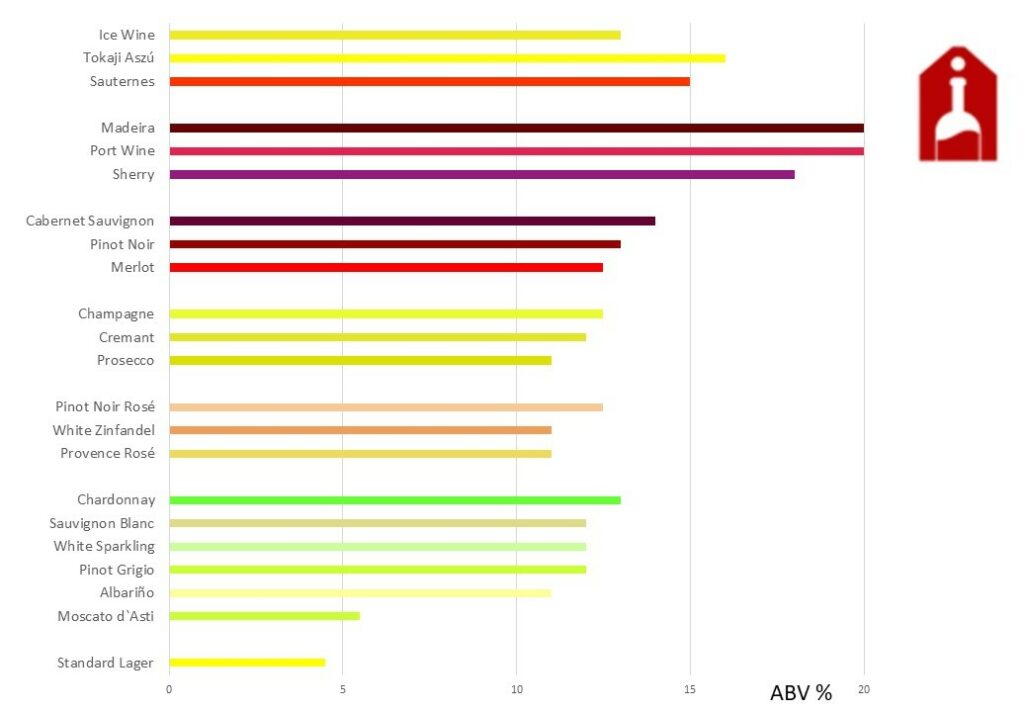
Alcohol Content
The alcohol content of a wine is a major factor in determining its body. Wines with higher alcohol content tend to have a fuller body, while those with lower alcohol content have a lighter body. This is because alcohol adds weight and viscosity to the wine, giving it a more substantial mouthfeel.
Tannins
Tannins are compounds found in grape skins, seeds, and stems, as well as in oak barrels used for aging wine. They contribute to the wine’s body by adding astringency and bitterness. Wines with higher tannin levels tend to have a fuller body, while those with lower tannin levels have a lighter body.
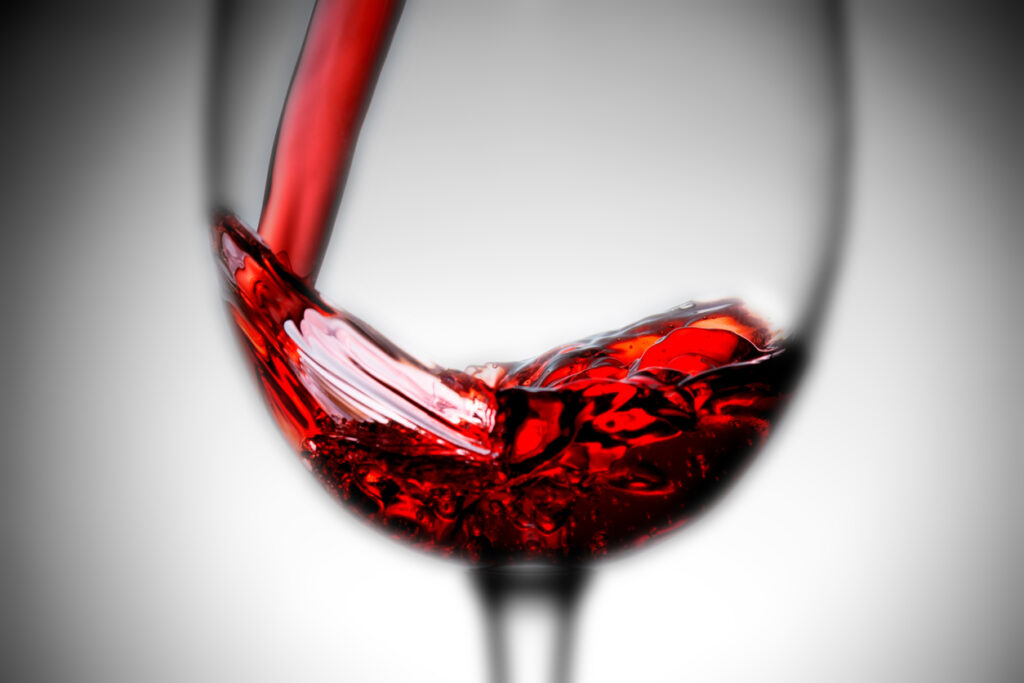
Acidity
Acidity is another factor that affects the body of a wine. Wines with higher acidity tend to have a lighter body, while those with lower acidity have a fuller body. This is because acidity adds a refreshing, crisp quality to the wine, which can make it feel lighter on the palate.
Residual Sugar
Residual sugar refers to the amount of sugar left in the wine after fermentation. Wines with higher residual sugar levels tend to have a fuller body, while those with lower residual sugar levels have a lighter body. This is because sugar adds weight and viscosity to the wine, giving it a more substantial mouthfeel.

In summary, understanding wine body is important for selecting the right wine to pair with food or to enjoy on its own. By considering the alcohol content, tannins, acidity, and residual sugar, wine drinkers can choose a wine that suits their preferences and enhances their dining experience.
Factors Influencing Wine Body
Grape Variety
The type of grape used in winemaking has a significant impact on the body of the wine. Some grape varieties naturally produce wines that are full-bodied, while others produce wines that are light-bodied. For instance, Cabernet Sauvignon and Shiraz grapes produce full-bodied wines, while Pinot Noir and Gamay grapes produce light-bodied wines.
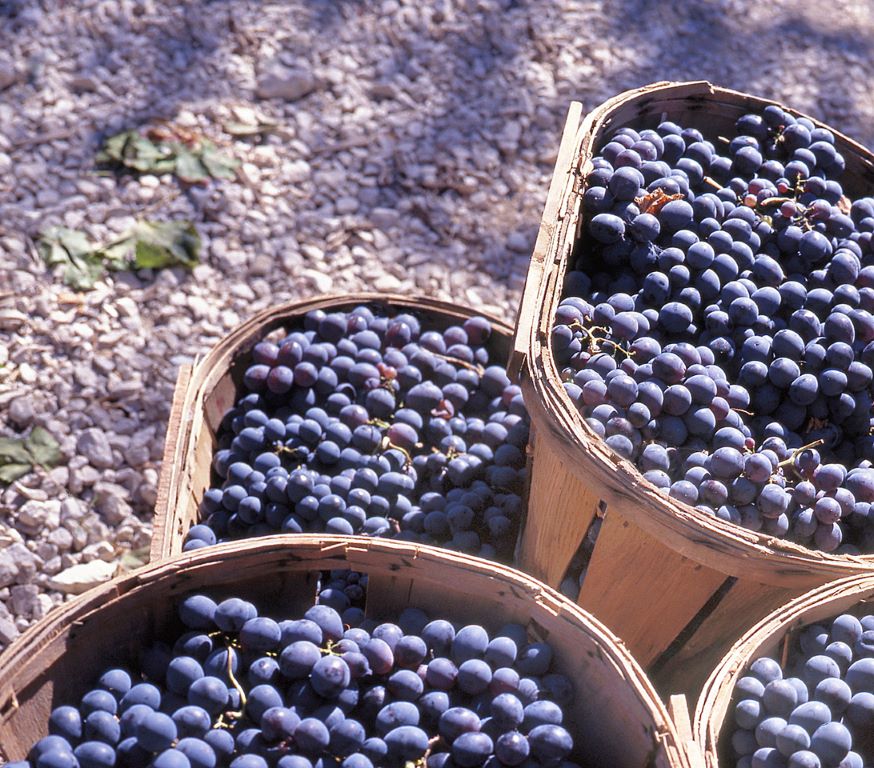
Alcohol Content
The alcohol content in wine is another factor that influences its body. Wines with higher alcohol content tend to have a fuller body, while those with lower alcohol content have a lighter body. This is because alcohol adds weight and viscosity to the wine, making it feel heavier in the mouth.
Tannin Levels
Tannins are compounds found in the skins, seeds, and stems of grapes, as well as in oak barrels used for aging wine. Wines with high tannin levels tend to have a fuller body, while those with low tannin levels have a lighter body. This is because tannins contribute to the wine’s structure and mouthfeel, making it feel more substantial.
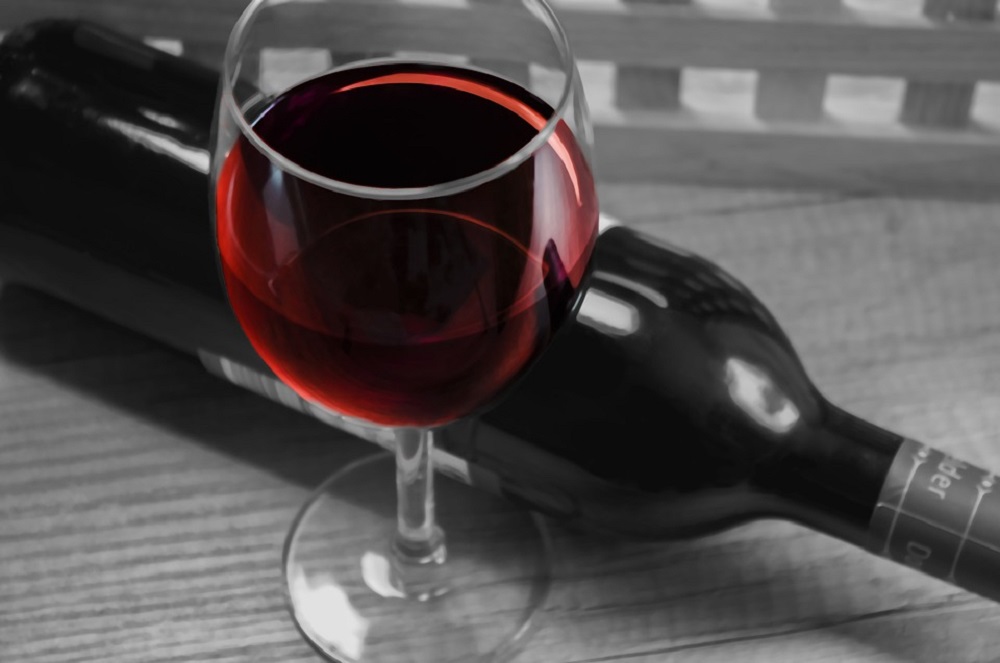
Sugar Content
The sugar content in wine also affects its body. Wines with higher sugar content tend to have a fuller body, while those with lower sugar content have a lighter body. This is because sugar adds weight and viscosity to the wine, making it feel heavier in the mouth.
In conclusion, the body of wine is influenced by various factors, including grape variety, alcohol content, tannin levels, and sugar content. Winemakers can manipulate these factors to create wines with different body styles, from light and refreshing to full and robust.
Types of Wine Body
Wine body refers to the weight and texture of a wine in the mouth. It is influenced by factors such as grape variety, climate, and winemaking techniques. Here are the three main types of wine body:
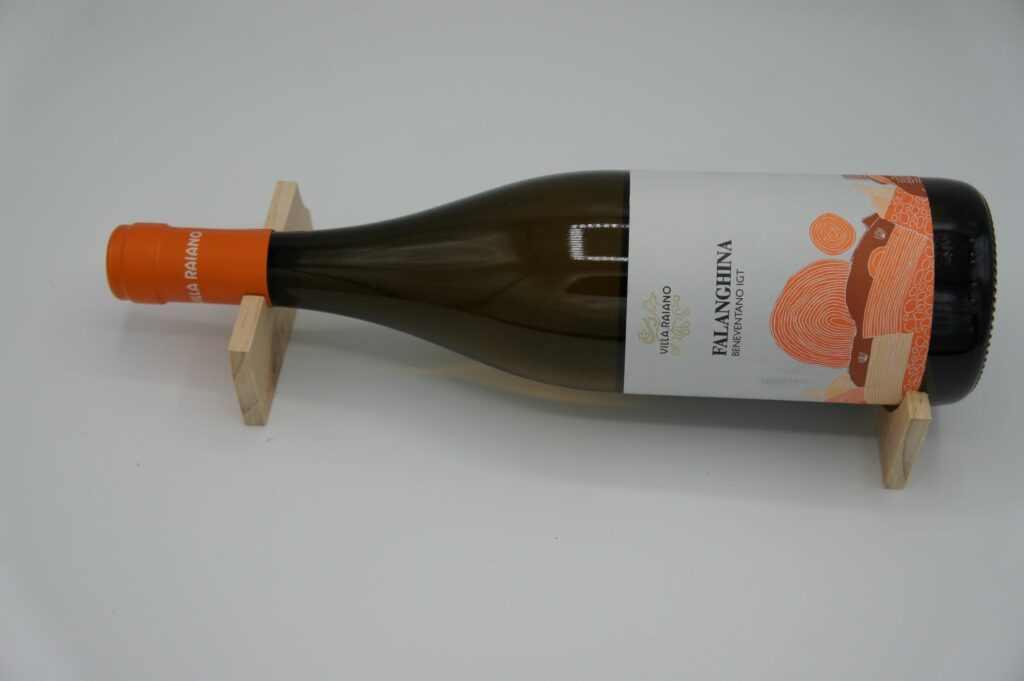
Light-Bodied Wines
Light-bodied wines are typically low in alcohol and have a delicate texture. They are often made from grapes such as Pinot Noir, Gamay, and Riesling. These wines are best served chilled and pair well with light dishes such as salads, seafood, and poultry.
Medium-Bodied Wines
Medium-bodied wines have a slightly heavier texture and higher alcohol content than light-bodied wines. They are often made from grapes such as Merlot, Sangiovese, and Chardonnay. These wines pair well with a wide range of dishes, from grilled meats to pasta dishes.
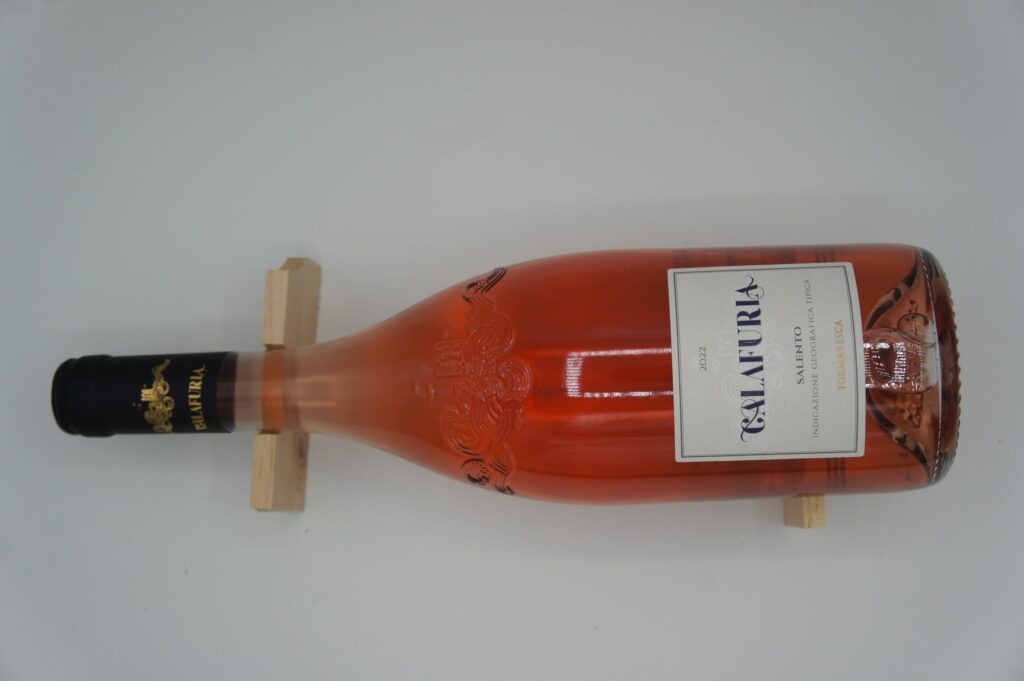
Full-Bodied Wines
Full-bodied wines are the heaviest and most complex wines. They have a high alcohol content and a rich, full texture. They are often made from grapes such as Cabernet Sauvignon, Syrah, and Malbec. These wines pair well with bold, flavorful dishes such as steak, lamb, and hearty stews.
In summary, the body of a wine can greatly impact its taste and pairing potential. By understanding the different types of wine body, wine enthusiasts can make informed decisions when selecting a wine to enjoy with their meal.
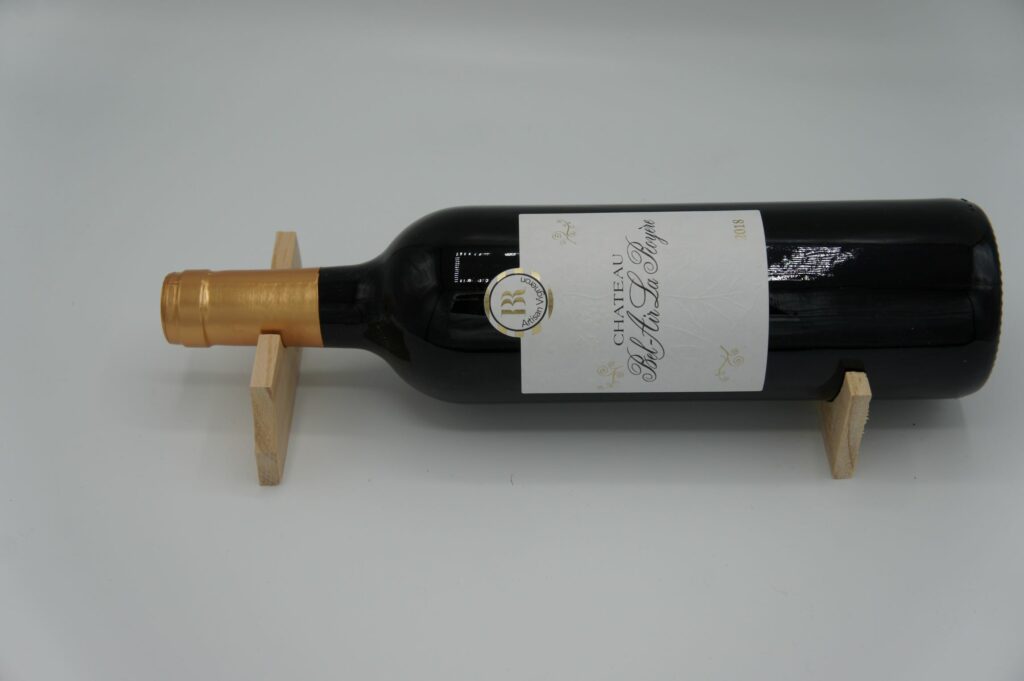
Determining Wine Body
Tasting Techniques
One of the most effective ways to determine the body of a wine is through tasting. The following tasting techniques can help identify the body of a wine:
- Mouthfeel: The way a wine feels in the mouth can provide clues about its body. Full-bodied wines tend to feel heavier and more substantial, while lighter-bodied wines feel more delicate and less weighty.
- Alcohol Level: The alcohol content of a wine can also be an indicator of its body. Wines with higher alcohol levels tend to have a fuller body, while those with lower alcohol levels tend to be lighter in body.
- Tannins: Tannins are compounds found in wine that can contribute to its body. Wines with high tannin levels tend to have a fuller body, while those with lower tannin levels tend to be lighter in body.
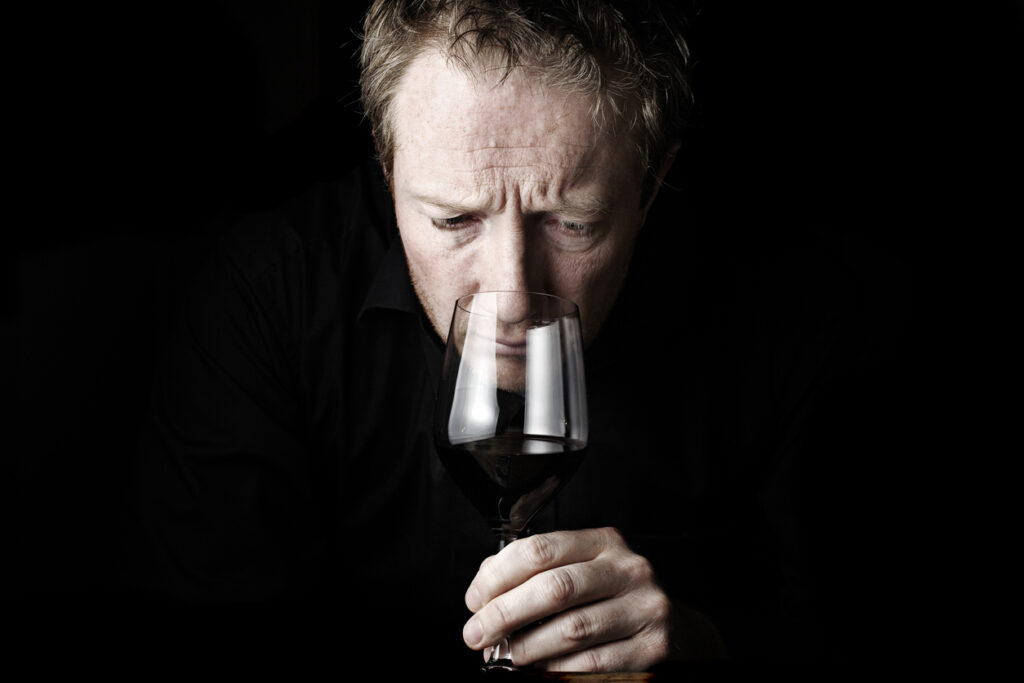
Visual Clues
Visual clues can also provide hints about a wine’s body. The following are some visual cues to look for:
- Color: The color of a wine can provide some indication of its body. Generally, darker wines tend to have a fuller body, while lighter wines tend to be lighter in body.
- Legs: The “legs” or “tears” that form on the inside of a wine glass after swirling can also provide clues about a wine’s body. Wines with thicker, slower-moving legs tend to have a fuller body, while those with thinner, faster-moving legs tend to be lighter in body.
By using these tasting techniques and visual clues, one can determine the body of a wine with a fair degree of accuracy.
Pairing Food with Wine Body
When it comes to pairing food with wine, the body of the wine is an important factor to consider. The body of the wine refers to its weight and texture, which can range from light and delicate to full and rich. Here are some food pairing suggestions for different wine body types:
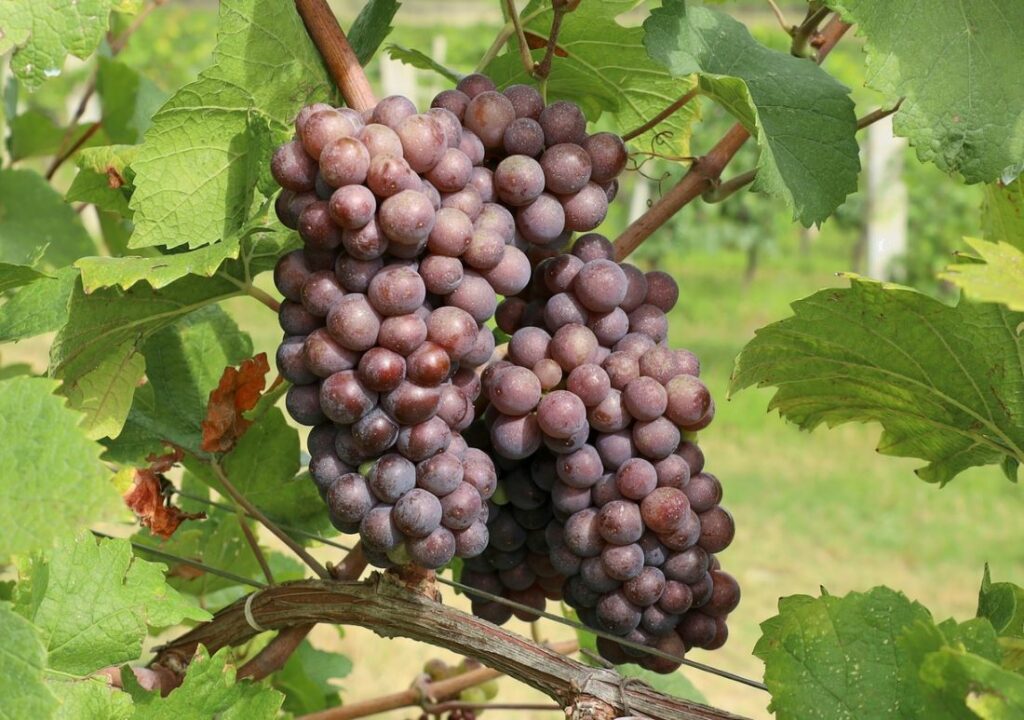
Light-Bodied Wine Pairings
Light-bodied wines are typically low in alcohol and have a delicate texture. They pair well with lighter dishes such as seafood, salads, and white meats. Here are some examples of food pairings for light-bodied wines:
- Pinot Grigio: pairs well with seafood, salads, and light pasta dishes.
- Sauvignon Blanc: pairs well with shellfish, salads, and light vegetable dishes.
- Riesling: pairs well with spicy Asian cuisine, light pork dishes, and fruit-based desserts.

Medium-Bodied Wine Pairings
Medium-bodied wines have more weight and texture than light-bodied wines, but are still not as heavy as full-bodied wines. They pair well with a wide range of dishes, including poultry, pork, and some red meats. Here are some examples of food pairings for medium-bodied wines:
- Chardonnay: pairs well with chicken, pork, and creamy pasta dishes.
- Merlot: pairs well with grilled meats, roasted vegetables, and tomato-based pasta dishes.
- Pinot Noir: pairs well with duck, lamb, and mushroom-based dishes.
Full-Bodied Wine Pairings
Full-bodied wines are rich and intense, with high alcohol content and a heavy texture. They pair well with bold and flavorful dishes such as red meats, game, and strong cheeses. Here are some examples of food pairings for full-bodied wines:
- Cabernet Sauvignon: pairs well with steak, lamb, and other red meats.
- Syrah/Shiraz: pairs well with game meats, spicy dishes, and strong cheeses.
- Malbec: pairs well with grilled meats, hearty stews, and hard cheeses.

By considering the body of the wine when pairing it with food, you can enhance the flavors of both the wine and the dish.
Conclusion
In conclusion, the body of a wine is an essential aspect of its overall quality and taste. The body can range from light-bodied to full-bodied, and it is determined by various factors such as grape variety, winemaking techniques, and aging processes.
The body of a wine can be described using various terms such as smooth, creamy, silky, or robust. These terms can help consumers understand what to expect from a particular wine and make an informed decision when purchasing or pairing it with food.
Additionally, the body of a wine can also affect its aging potential. Full-bodied wines tend to age better than light-bodied wines due to their higher tannin and acidity levels. Thus, it is essential to consider the body of a wine when aging it for future consumption.
Overall, understanding the body of a wine can enhance one’s appreciation and enjoyment of it. By paying attention to the body, consumers can select wines that meet their preferences and pair them with food that complements their flavors.
Frequently Asked Questions
What is the meaning of wine body?
Wine body refers to the weight, texture, and mouthfeel of the wine. It’s a term used to describe how heavy or light the wine feels in the mouth. Wine body is influenced by factors such as alcohol content, tannins, acidity, and sugar.
How can I describe the body of a wine?
Wine body can be described as light, medium, or full-bodied. Light-bodied wines are typically lower in alcohol and have less tannin and acidity. They feel lighter in the mouth and are often described as refreshing. Medium-bodied wines have a balance of fruit, tannin, and acidity. They are a good middle ground and pair well with a variety of foods. Full-bodied wines are heavier and have a higher alcohol content. They often have more tannin and acidity and feel weighty in the mouth.
What factors affect the body of a wine?
The body of a wine is influenced by several factors, including grape variety, climate, soil, winemaking techniques, and aging. For example, warmer climates tend to produce fuller-bodied wines, while cooler climates produce lighter-bodied wines. Winemaking techniques such as oak aging can also affect the body of a wine.
What are the different types of wine bodies?
There are three main types of wine bodies: light, medium, and full-bodied. Light-bodied wines include Pinot Grigio, Riesling, and Beaujolais. Medium-bodied wines include Merlot, Chardonnay, and Zinfandel. Full-bodied wines include Cabernet Sauvignon, Syrah, and Malbec.
Is there a wine body chart or classification system?
There is no official wine body chart or classification system, but some wine experts use a 10-point scale to rate the body of a wine. A wine with a body score of 1-4 would be considered light-bodied, 5-7 would be medium-bodied, and 8-10 would be full-bodied.
How can I determine my preferred wine body type?
The best way to determine your preferred wine body type is to try different wines and see which ones you enjoy the most. If you prefer lighter foods such as salads and seafood, you may enjoy lighter-bodied wines. If you prefer heartier foods such as steak and pasta, you may enjoy full-bodied wines. It’s all a matter of personal taste.

